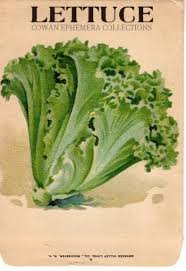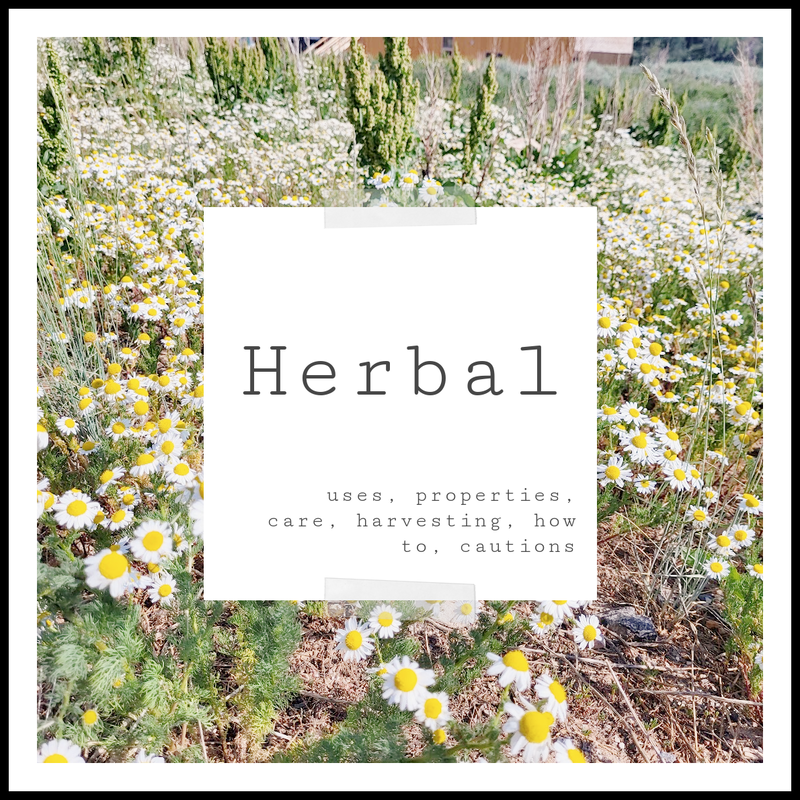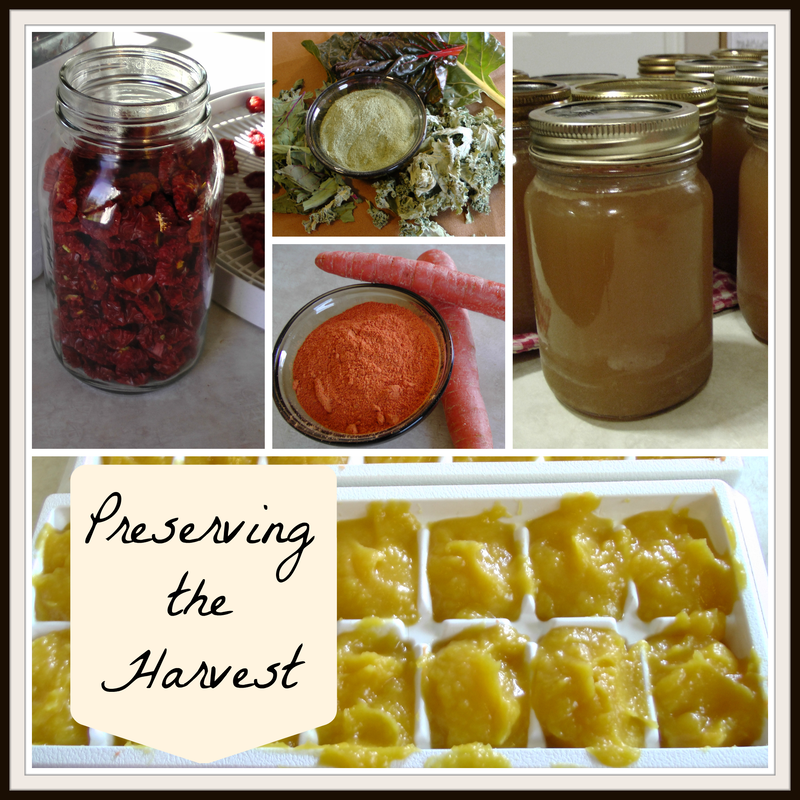|
Lettuce is part of the Composite family and comes in two main types of varieties; leafy and head. Leafy lettuces can but cut and will continue to come back until the growing season has come to an end. Head varieties form exactly what the name implies, a head. These are pulled up in one bunch and used, they include romaine, butterhead and iceberg lettuces. Check out the different heirloom varieties here, at Baker Creek Heirloom Seeds. Head lettuces can be started indoors 7 weeks before the last frost date (last week in March for zone 5) while leaf lettuces can be sown outdoors 4 weeks before the last frost (2nd week in April for zone 5). Transplant the head lettuces outdoors while planting your leafy lettuce seeds, in full to part shade. Technically though as long as your temps are in the 50's you should be good to plant them outdoors anytime. Head lettuce should be planted 12" apart or 4 per square foot, leafy lettuce can just be sprinkled over your designated area and lightly covered with some potting soil. Lettuce is a great succession planting crop so plant a new row of seeds every 2 weeks until the weather gets too hot, you can start a fall crop when the weather dips between 50-65 degrees (usually 4-7 weeks before first frost date). Once seedlings begin to sprout (3-7 days) thin to about 4" apart - just make a mini salad with those starts since lettuce can be eaten any time after it sprouts. Always water in the morning and try to avoid sprinkling the leaves to prevent fungal diseases. Lettuce needs to stay moist all the time or it becomes bitter so don't let the soil get dried out, on the other hand don't over water either. Leaf lettuces are difficult to mulch so generally only head lettuces are mulched and only if there are no slug problems, you don't want to mulch at all if slugs are a problem because they love mulch. Sprinkling some crushed egg shells around the lettuce should keep the slugs at bay. Lettuce can't compete with weeds so keep them weed free at all times. Plant with onions, strawberries, cucumbers, carrots and radishes. You can harvest leaf lettuce any time after they have sprouted but the ideal time to cut them off for salads is about 3-4" tall. If you cut the leaves 1" from the ground they will re-sprout and continue to produce until the hot weather sets in. Head lettuce is ready when the heads are firm. Let your lettuce go to seed (or "bolt" as it is commonly called), usually once summer comes around. Once they turn yellowish-tan and are dry, cut them off and place in a paper bag. Crush with your hands to separate the seeds and store in a glass container, envelope or plastic bag. They should keep for 2-4 years if stored in a cool, dark place. Rich in vitamins A, C, and K, beta-carotene, calcium, iron, folate, and fiber. The darker the color the higher amount of nutrients it contains, this is why iceberg varieties are not as nutritious (and personal the darker colors have more flavor). Nutritionandyou.com, lettuce nutrition facts.
4 Comments
Nina
4/4/2014 09:59:23 pm
Thank you. I've never tried to save the seeds from lettuces. You make it sound like a snap. This year I'll save mine thanks to you!
Reply
4/30/2014 11:02:46 am
I would love to grow lettuce. I haven't been too god at growing plants that require a lot of care. Cacti tends to work well for me. But I am willing to give this one a try. I think I'll start with a plant from Trader Joe's or another similar store. I did start a celery plant from the last bundle we got. It's got lots of leaves growing. Very encouraging.
Reply
Leave a Reply. |

Hi, I’m Annie, a child of God, Mother of Influence and Herbalist. Welcome to my place where I share what I have learned of natural and frugal living, healthy eating and living, gardening, homeschooling, herbal crafting, preparing temporally and spiritually, and love for God and Country.
LearningLivingArchives
January 2023
|




























